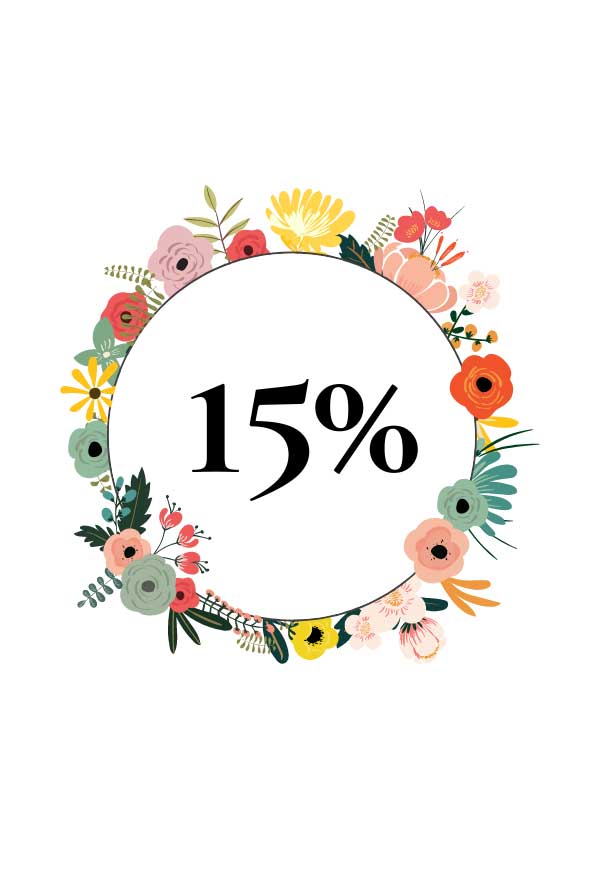| Common name(s): |
stinging nettle, nettle, nettle leaf |
| Family: |
Urticaceae |
|
Origin:
|
Europe, western Asia, and North Africa |
| Parts used: |
leaves, roots, seeds |
| Constituents: |
acids (carbonic, caffeic, chlorogenic, formic, silicic, citric, fumaric, malic, oxalic, succinic), amines (Ach, betain, choline, lecithin, histamine, serotonin), lignans, flavonoids (quercetin, kaempferol, and rutin), vitamins A, B2, B5, C, K+, Ca+, silicon, dietary fiber & protein, nitrates, sterols, tannins, glucoquinones, lectin, triterpenes, phenolic acid |
|
Therapeutic actions:
|
alterative, astringent, hemostatic, galactagogue, expectorant, anti-inflammatory, anti-septic, diuretic, anti-hemorrhagic, detoxifier, nutritive, anti-allergic, anti-rheumatic |
| Organs or systems affected: |
blood, kidneys, liver, lungs, bodily fluids |
| Main medicinal uses: |
- supplies multitude of nutrients and proteins
- tonifies the body
- relieves allergy symptoms
- relieves inflammatory pain
- supports and heals the nerves and surrounding tissues
- stimulates and supports thyroid, kidneys, prostate, scalp
|
| Counterindications: |
Some consider stinging nettle to be too drying, leading to symptoms such as headaches or constipation. If this seems true for you, blend it with something moistening such as violet, which will lessen the drying effects and still provide the bountiful benefits. |



